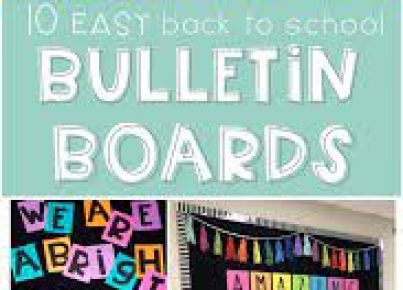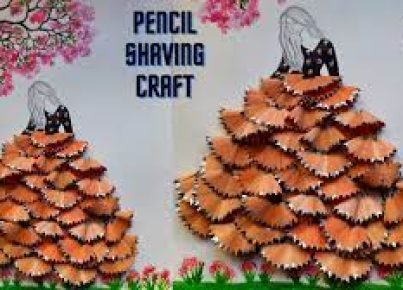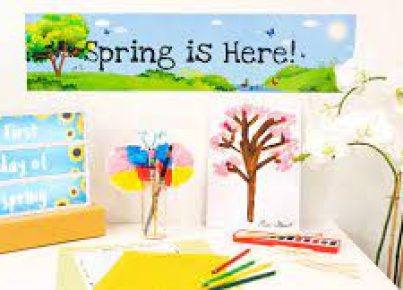Art projects have always been a cornerstone of engaging educational activities in classrooms, serving both as a creative outlet and as a tool for deeper comprehension of educational content. Taking inspiration from an article on Teach Starter, educators can integrate art projects into their curricula that are inspired by children’s books. This fusion of literature and visual arts not only enhances literacy skills but also fosters a love for reading through immersive, hands-on experiences.
One way to embody this integration is by creating character puppets after reading a fascinating story. Students can delve into the characters’ traits, motivations, and actions by designing their puppet counterparts. This activity encourages students to analyze the text and translate their understandings into visual form.
Drawing stained-glass illustrations is another wonderful project that can complement the reading of vibrant picture books or stories with rich imagery. Children use transparencies and colored markers to emulate stained glass artistry, which can serve as visually appealing displays that remind them of the narratives’ most colorful scenes.
Teachers may also instruct students to construct dioramas based on settings from their favorite books, allowing them to step into the shoes of the characters and experience their environments first-hand. Building these miniature three-dimensional scenes teaches spatial awareness, artistic design, and story element identification.
Furthermore, integrating technology, students might create digital book trailers using art software or video editors. Like movie trailers, these short multimedia presentations encapsulate the story’s essence, including key plot points, themes, and character insights without giving away the entire narrative.
By utilizing art projects inspired by children’s literature in the classroom, educators craft an interdisciplinary learning experience that can cater to diverse learning styles and interests. Such engaging activities not only assist with the understanding of literary concepts but also help develop fine motor skills, encourage artistic expression, and cultivate an environment where both books and art are celebrated as complementary conduits of learning and creativity.





